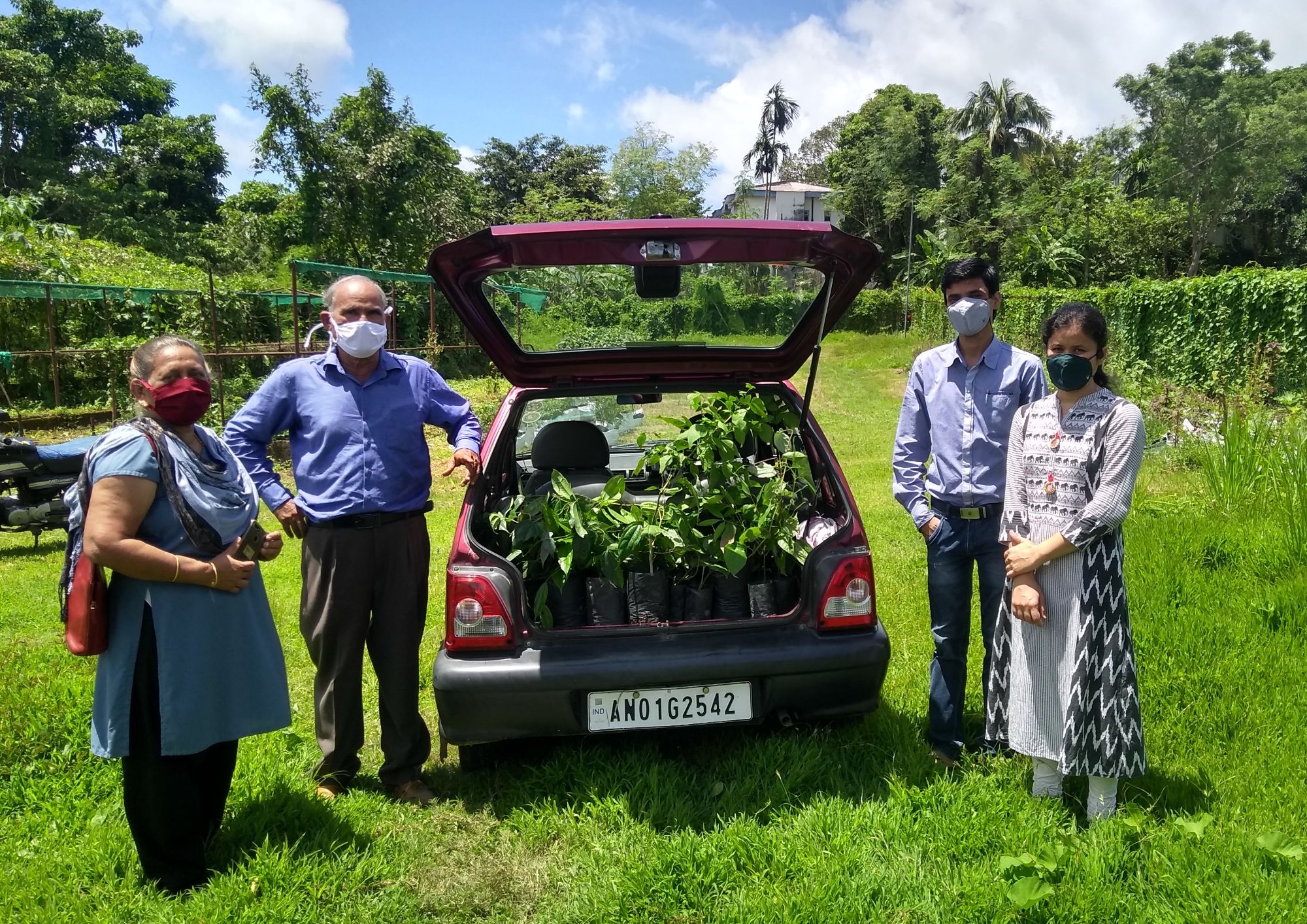
Famers, hoteliers and organizations
Village : South Andaman, North and Middle Andaman, Swaraj Dweep, Baratang Island


Famers, hoteliers and organizations
Village : South Andaman, North and Middle Andaman, Swaraj Dweep, Baratang Island
Blood fruit, locally known as khoon phal and aalta phal, is a tropical underutilized species naturally distributed in the forests of Andaman and Nicobar Islands and Northeastern states. Fruits are born in bunches originating directly from the stem of these vines, and yield small quantity of edible pulp. It was once very popular among the Bengali households in the North and Middle Andaman Islands. However, in the recent past, natural populations of this species have been drastically reduced due to manmade and natural disasters. Fruits are mostly harvested destructively from the wild and sold in the local markets of the island at about Rs. 300/- per kg. Though the fruit is well known to the old and middle aged generations of the Bengali families of the islands, younger generations are largely unaware about the species. Non availability of planting material has been a common constraint faced by the traditional consumers in taking up cultivation of this unique genetic resource.
Team of scientists from ICAR-CIARI developed nursery techniques for large scale multiplication of blood fruit in the islands. Through the developed technique, about 600 plants of this dwindling genetic resource have been regenerated. Sensitization programmes, Doordarshan programmes, radio talks, newspapers and habitat enrichment programmes have been conducted since 2015 for educating the local farmers about the cultivation of blood fruit. Hoteliers and resort persons were also made aware about possibility of including blood fruit in the landscape. Government and non government organizations were promoted to include it in their planting programmes. Research backup through generation of data about nutritional qualities has also been provided for promoting blood fruit systematically.
Through the interventions undertaken, a total of 83 stakeholders in various islands have planted blood fruit in their backyards. So far, 330 plants of minimum two years age have been provided to stakeholders. This has helped in improving the population stand of this dwindling species by manifolds
Promotion of blood fruit as a backyard crop has not only helped in its conservation, but also helped the local farmers in diversification of their cropping systems. The established vines would serve as a source of regular supply of nutritious fruits to the present and future generations of islanders as well as tourists.
ICAR-CIARI will continue to supply the planting material and technical assistance to the island stakeholders for promotion of blood fruit as a novel backyard crop.
Contributors : Pooja Bohra and Ajit Arun Waman